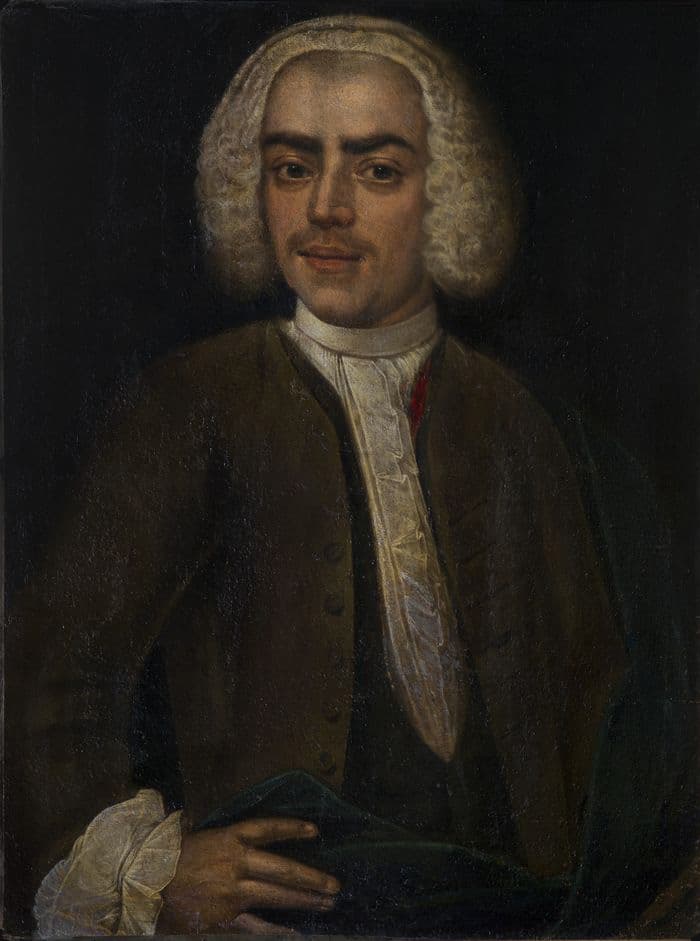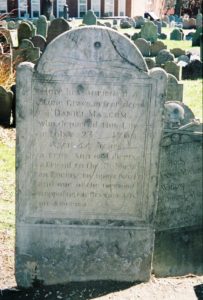18 Feb The King’s Broad Arrow

Dr. Bodo Otto. Photo Courtesy of The Dr. Bodo Otto Family Association
Who is fictional? Who is real?
Prologue - Deadly Disease
Samuel Nevens – I chose the name Sam from the name of the main character in one of my favorite childhood books – My Side of the Mountain, by Jean Craighead George. Sam Gribley is a young man living in New York City who leaves home to live off the land in the Catskill Mountains. The book captured my imagination completely, perhaps because as a kid I spent a lot of time in the woods – fishing, exploring, catching crayfish. Nevens is a family name, from my ancestors in Maine. One, John Trott (featured on page 279) served in Machias during the Revolution.
Everyone in the prologue is fictional except the doctor. Bodo Otto, (1711–1787) was a surgeon of the Continental Army. He established a military hospital for the treatment of smallpox, and treated wounded soldiers, American and Hessian, following the Battle of Trenton.
Smallpox – For more information about Washington’s decision to inoculate the Army in 1777, see Washington’s Deadliest Enemy
PART I
Chapters 1-3 - Two Ships, Three Ships, Captured!
Eamon Collins – Eamon (pronounced aim-an) is named after two famous Irishmen – Eamon DeValera and Michael Collins.
Sam and Eamon’s parents are also fictional, but most of the other characters in Machias are real. The O’Briens were all real, and Burnham Tavern still stands today. The surveyors, Nate and Robbie, are fictional.
Jeremiah O’Brien (1744 – 1818) Oldest son of the O’Brien family and commander of the sloop Unity, whose crew captured the schooner HMS Margaretta. Since 1900, there have been six U.S. Navy ships named in honor of O’Brien.
Sources: Minutemen of the Sea, Tom Cluff; New England Masts and the King’s Broad Arrow, Samuel F. Manning; Revolution Downeast, James S. Leamon; Life of Captain Jeremiah O’Brien, Machias, Maine, Andrew M. Sherman.
Chapter 4 -5 - The HMS Preston, Escape
All of the characters in these chapters are fictional, except the ones being discussed (Paul Revere, John Adams, George Washington, William Lee, Henry Knox, Epictetus, Johannes Gutenberg).
Gerard Sidos – the character of a French bookseller was inspired by a book I found on the “Free” shelf at the US military library where I live in Germany (U.S. Army libraries overseas). The Literary Underground of the Old Regime, by Robert Darnton, introduced me to the intriguing world of banned books (marrons) in pre-Revolutionary France. Smugglers, spies, forbidden books, imprisoned authors (Voltaire!) – fascinating stuff. For more information, check out Mr. Darnton’s website www.robertdarnton.org.
Josiah Woods – Josiah is fictional, but Paul Revere did have a daughter named Deborah. See “Revere Family” – Who is Fictional? Part II.
Paul Revere – See Part II
John Adams (1735-1826) 2nd U.S. President, Founding Father.
John Hancock (1737-1793) Merchant, statesman, prominent figure in the Revolution.
George Washington (1732-1799) Commanding General of Continental Army, 1st U.S. President, Founding Father.
William Lee (1750-1828) George Washington’s slave and valet during the Revolution. Lee was the only slave freed immediately after Washington’s death.
Henry Knox (1750-1806) Officer in the Continental Army.
George Leonard – A Loyalist who owned two grist mills near the Mill dam in Boston.
Johannes Gutenberg (1400-1468) German goldsmith, printer, inventor of the moveable type printing press.
Voltaire/François-Marie Arouet (1694-1778) French Enlightenment writer, philosopher, historian.
Sources: Paul Revere and the World He Lived In, Esther Forbes; Washington’s Crossing, David Hackett Fischer; Almost A Miracle, John Ferling; Washington, Ron Chernow; Old Landmarks and Historic Personages of Boston, Samuel A. Drake; From the Good Mountain, James Rumford; Gutenberg’s Apprentice, Alix Christie.
Chapter 6-7 - Common Sense, Freedom.
Epictetus (55-135 AD) Greek Stoic philosopher.
Hodgekins, Peale, MacConnell, Bennet and all other characters in Part I are fictional.
Sources: The Thomas Paine Reader, Penquin Classics; Thomas Paine, Craig Nelson; 46 Pages, Scott Liell.
Maps – This is an excellent map of Boston and the one I used most in my research. The Preston was anchored just beyond the “B” in Harbour.
“A plan of the town of Boston with the intrenchments & ca. of His Majesty’s forces in 1775, from the observations of Lieut. Page of His Majesty’s Corps of Engineers, and from those of other gentlemen.”



